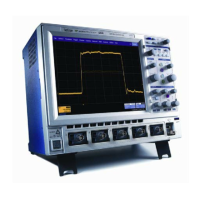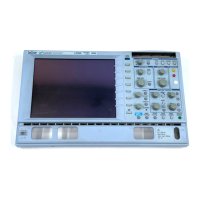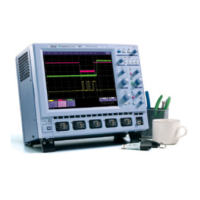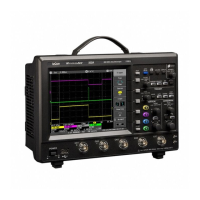OPERATOR’S MANUAL
WRXi-OM-E Rev C 195
The If statement is very often used with the following Boolean expressions:
A > B
A is greater than B
A >= B
A is greater than B or equal to B
A = B
A is equal to B
A < B
A is less than B
A <= B
A is less than B or equal to B
A <> B
A is not equal to B
These statements are not like the usual program statements, such as A = B. These statements are Boolean
ry complex constructions using If, as in the examples below:
Else_
Z = 31
End If
Else_
If A > 3 Then
Z = 63
Else
Z = 127
End If
End If
If A > 0 Then
If B > 0 Then
Z = Y
End If
End If
This is equivalent to:
Z = Y
(logic) statements, which can take the values True or False. You may even see things like "If A Then B", which
means that if A is True, B gets done.
In the first example, if A is negative, we might want to write something like this:
If A >= 0 Then
B = Sqr (A)
Else
B = 0
End If
and in fact you can make some ve
If A < 0 Then
If A < - 1 Then
Z = 17
If ( (A > 0) And (B > 0) ) Then

